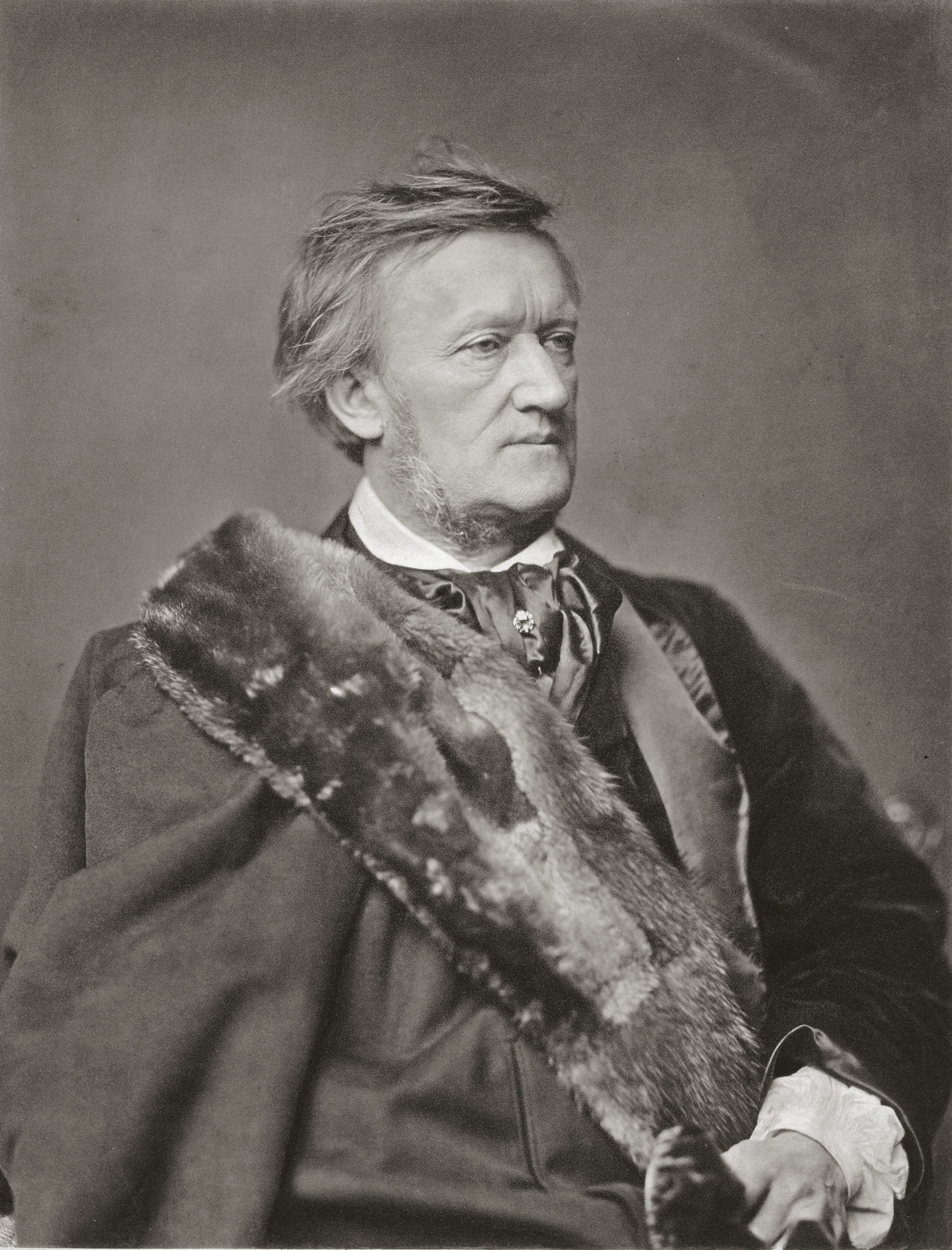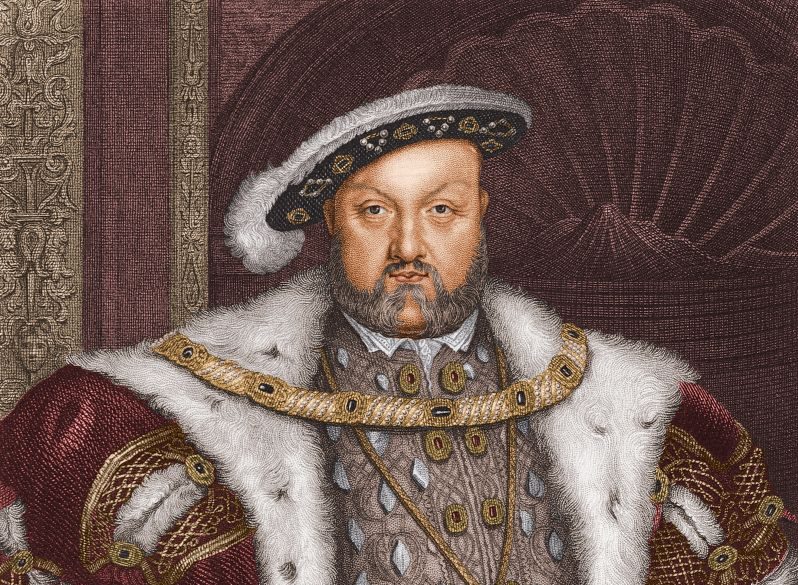In a recent article, the historian Katja Hoyer describes an event at the German Embassy prior to a Royal Opera House performance in May of Wagner’s Die Walküre. There she spoke with various individuals, some of them clearly Wagner ‘fans’, and she righteously declares: ‘having studied [Wagner] as a historical figure, I’m perhaps also less able than most to forget the man behind the music.’ Following some discussions about the production, as well as chats with those who had visited Bayreuth, she declares that ‘there didn’t seem to be the slightest notion of controversy around the modern-day Wagner worship.’ She adds, as if making a new observation, ‘He was a socialist, a nationalist and an antisemite – none of which was coincidental to his work’ and asks ‘Wouldn’t it have been worth discussing on – or off-stage what modern productions do with this legacy?’ which she thinks is ‘an interesting question’ and ‘one that gets raised with just about any other cultural work made before the early 2000s.’ She maintains that most of Wagner’s fans, including some from the left (she later references Paul Mason), ignore the complexities, and that wider ‘culture wars’ have had little effect on Wagner, compared with other artists.
To anyone even remotely familiar with the long-established discourses around Wagner’s work, it is quite incredible to read this from a public historian. A vast number of people have studied Wagner as a historical figure, and a huge amount of work has grappled extensively with Wagner’s politics, especially his antisemitism. Indeed, I am hard pressed to think of much in the way of contemporary work on Wagner which does not do this in some manner.
Wagner’s 1850 essay Das Judenthum in der Musik, published first anonymously, then reprinted under his name in 1869, is undoubtedly a fervently antisemitic tract, going much further than expression of ‘casual’ antisemitism of the time. His primarily cultural attack is not yet on a level with later Nazi ideologies of Blut und Boden, but points in that direction. Making apologies for this essay is futile; but how it relates to Wagner’s other key writings from the time – Die Kunst und die Revolution (1849), Das Kunstwerk der Zukunft (1849) and Oper und Drama (1852) – let alone his music-dramas, is not obvious. The picture is further complicated by Wagner’s refusal to become involved with antisemitic political movements in the 1880s, his refusal to sign (unlike Hans von Bülow and Hans von Wolzogen) a virulent anti-Jewish petition, and his collaboration with leading Jewish figures including Joseph Rubinstein, Angelo Neumann and Hermann Levi.
Wagner’s antisemitic views were taken up or echoed in the late-19th and early-20th century by some thinkers in Britain, France, Finland and Russia as well as Germany, including Comte de Villiers de l’Isle Adam and Andrey Bely. Early English-language Wagnerites – including William Ashton Ellis, Henry T. Finck or Albert Ross Parsons – arrived at various conclusions to the question of the relationship of Das Judenthum to the rest of Wagner’s work. Friedrich Nietzsche wrote in 1878 of Wagner’s being ‘tyrannised’ by ‘his hatred of Jews’, and even speculated he might himself be Jewish.
Nonetheless, a view of Wagner aligned to virulent German/Nordic nationalism and antisemitism grew, reaching its peak during the Nazi era, stoked by his widow Cosima, British-born philosopher Houston Stewart Chamberlain, and Wagner’s daughter-in-law Winifred Wagner, who was close to Hitler. Hoyer, like many, notes the influence of Wagner on Hitler. However, historian Richard Evans found no evidence that Hitler read any of Wagner’s writings, including Das Judenthum. The inspiration came from the work, not the writings. The influence of Wagner could take other forms: the father of modern Zionist ideology, Theodor Herzl, regularly attended performances in Paris of Wagner’s Tannhäuser while writing Der Judenstaat, published in 1896, and wrote in his diary that ‘only on those evenings where there was no opera did I have any doubts as to the truth of my ideas.’
The key texts directly linking Wagner’s antisemitic thought to his work are Paul Bekker’s, Richard Wagner: Das Leben im Werke (1924) and Theodor W. Adorno’s Versuch über Wagner (1952). Bekker linked the characters of Alberich, Loge, Hunding, Mime, Hagen, and Klingsor to Jewish archetypes, and claimed Wagner made Jews ‘responsible for all he thought detestable’. Adorno identified the influence of the German fairy-tale of the Jew in the bramble-bush, and presented Alberich, Mime, possibly Hagen, and Beckmesser, as ‘caricatures of Jews’, and the Flying Dutchman and Kundry as figures of the ‘Wandering Jew’ (Wagner himself compared Kundry to the ‘eternal Jew’). More incisive than Bekker, Adorno noted the links to Wagner’s descriptions of Jewish speech in Das Judenthum, a ‘creaking, squeaking, buzzing snuffle’ and unidiomatic use of the language, and identifies a theme of ideas wherein the Jews represent the profit motive (linked to Marx’s unmentioned 1843 essay On the Jewish Question). The end of Götterdämmerung is said to represent the people having ‘swept away the rule of money embodied in Jews’, while Jews are said by Adorno to embody to Wagner the face of modernity, but also everything disintegrated within it.
Many writers have followed Bekker and Adorno in exploring such themes, the most prominent including Benjamin Binder, Dieter Borchmeyer, Milton E. Breuer, David Conway, Philippe Godefroid, Robert W. Gutman, Annette Hein, Jacob Katz, James Loeffler, Barry Millington, Jean-Jacques Nattiez, Paul Lawrence Rose, Michael P. Steinberg, Marc A. Weiner and Hartmut Zelinsky. Gutman wrote in 1968 of ‘a proto-Nazism, expressed mainly through an unextinguishable loathing of the Jews’; calling this ‘one of Wagner’s principal leitmotifs, the venomous tendrils of anti-Semitism twining through his life and work.’ He and others including Binder, Godefroid, Weiner and Zelinsky have argued for the depth of antisemitism embodied in Parsifal, while Rose considers that Wagner’s explicit recourse to Schopenhauer as a means of exorcising ‘Hebrew superstition’ feeds directly into Tristan. Cosima Wagner wrote in her diaries in 1870 that ‘the J[ews]’ were spreading a story that Beckmesser’s song was an old Jewish melody; Millington argued in 1991 that this song was a parody of Jewish cantorial style. But others take different views: Breuer rejects a ‘Jewish’ interpretation of Alberich, Mime and the dwarves on the basis of Wagner’s remarks related in Cosima’s diaries; David B. Dennis notes little identification of Beckmesser with a Jew in Nazi discourse, and Thomas S. Grey links Beckmesser’s music instead to Verdi and the Italian tradition. Katz, meanwhile, argues that very little in Wagner’s actual work can be linked to his antisemitic views.
Hoyer does briefly acknowledge some such revisionist views, but as if suggesting the issues are as a result simply ignored by Wagnerians. But they continue to resonate through most Wagner literature – such as the monumental recent works of Richard H. Bell on the Ring cycle and Parsifal – are explored in most programme booklets, and are registered by more sceptical writers such as Roger Scruton or Michael Tanner, the latter of whom noted in 1996 the obsessive attention to Wagner’s antisemitism and suggested that television producers working on a series in Wagner around that time felt that this was ‘the one aspect of him which the series’ sponsors felt guaranteed an audience.’ The issue has gained such wide currency that it could be referenced in popular UK television drama such as Inspector Morse or Spooks. There is also a large body of work, of wildly varying quality, investigating the appropriation of Wagner (and the Festspielhaus in Bayreuth) by Hitler and the Third Reich, from Peter Viereck and Thomas Mann in the 1930s and 1940s through to Dennis, Klaus-Uwe Fischer, Hubert Kiesewetter, Christopher Nicholson, Frederic Spotts, Berndt Wessling and others more recently.
Hoyer’s characterisation of Wagner as a ‘socialist’ is debatable; it would be more accurate to say that in the 1840s he was a follower of anarchist Mikhail Bakunin, sworn enemy of Karl Marx. The evolution of his thought during this period, then during his long exile following participation in the Dresden uprisings in 1849, have certainly not been ignored, but there is still more to explore here. Writers and producers from George Bernard Shaw in The Perfect Wagnerite (1898) to Patrice Chéreau in his late 1970s Bayreuth production of Der Ring have interpreted Wagner’s work as a socialist allegory of capitalism, but this does not necessarily reflect his conscious politics.
Highly politicised stagings of Wagner began with Vsevolod Meyerhold’s agitprop rendition of Rienzi in 1917, Vladimir Tatlin’s application of constructivist imagery to an inherited imperial visual language for Fliegende Holländer, and the Berlin Kroll Opera’s pared-down 1929 production, conducted by Otto Klemperer, in line with the aesthetics of the Neue Sachlichkeit – images from which were featured in the Entartete Musik exhibition in 1938. While in Nazi Germany, a propagandistic production of Meistersinger in Berlin could resemble a party rally, a Walküre at the Bolshoi by Sergey Eisenstein employed ideas from structural anthropology to convert the work into an anti-fascist allegory (the Soviets having lionised Wagner’s involvement in the Dresden uprisings).
After 1951, when the Festspielhaus re-opened (following some plans to turn it into a centre for avant-garde opera instead), a new series of productions followed from Wagner’s grandson Wieland Wagner, in which almost all of the trappings of folklore and German tradition were jettisoned, replaced by austere, minimalist, functionalist staging (extending the earlier productions at the Kroll), leading to descriptions of ‘Die Meistersinger ohne Nürnberg‘. In East Germany, meanwhile, Walter Felsenstein and others employed Brechtian Verfremdung techniques to Wagner. Otherwise the apostles of Regietheater regularly turn to Wagner, with wildly varying and politically charged productions from Calixto Beito, Ruth Berghaus, David Bösch, Chereau, Götz Friedrich, Stefan Herheim, Joachim Herz, Harry Kupfer, and others – and also in the film of Parsifal by Hans-Jürgen Syberberg.
It is true that Wagner’s work has not been ‘cancelled’, and still enjoys many productions. But nor have the work of Leonardo, Cézanne, Picasso, Shakespeare, Dickens, T.S. Eliot, or Gesualdo, though some have tried their best to have them and others removed from curricula. Curators do not hesitate to indict artists with the world’s crimes, often on the most circumstantial bases, but in the case of Wagner, this has long been commonplace.
Hoyer says nothing specific to Walküre, a work only rarely claimed as antisemitic. Bekker’s identification of Hunding as Jewish was echoed by the critic Josef Stolzing in the Nazi Völkische Beobachter in 1929, but the basis for this is weak. More broadly, she demonstrates no awareness of the many questions to do with the complex relationship between artists’ life, thought, and work, authorial intent, texts and performances, reception history, and much else. There appears little knowledge of the many earlier radical productions by Barrie Kosky (director of Royal Opera’s new Walküre), such as that I saw of Meistersinger in Bayreuth in 2018. Here, Kosky turned the end of Act Two into a terrifying antisemitic pogrom, and set Act Three during the Nuremberg trials. For Hoyer, the music does not seem a concern at all. Wagner’s iconoclastic transformations of music-theatrical practice (not least in Rheingold), wide expansion of harmonic and timbral resources, use of leitmotives, relationship to Greek tragedy, hugely distinctive use of German and Nordic folklore and myth, married to many other sources, and dramatic influence on the music of Bruckner, Hugo Wolf, Richard Strauss, Schoenberg and many others, have all become secondary concerns in the public discourse. The very limited focus and scholarly ignorance of Hoyer’s article are emblematic of the very phenomenon she is denying.








Comments